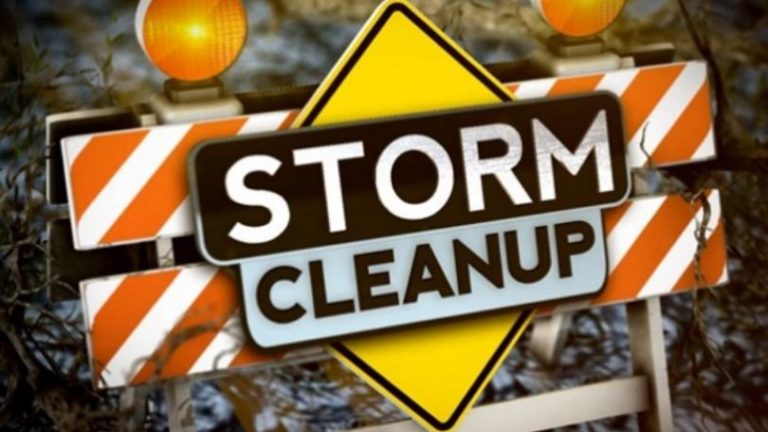
Over the past few weeks, our nation’s communities have been battered by multiple hurricanes and natural disasters, but while Texas, Florida, Georgia, Puerto Rico, the Virgin Islands, and beyond have worked to recover, tragedy has also brought out the strength and spirit of our communities as strangers and neighbors alike pull together to help out those in need.
Our union family has also activated to help our fellow members return to their workplaces and homes. As millions of people, including thousands of hard-working UFCW members, return to damaged homes and property, our responsibility to keep each other safe continues.
Rain or shine, the safety of our union family is a top priority. Here are some safety hazards to be aware of to help stay safe even after the storm is over:
Contaminated Floodwaters
Catastrophic flooding can introduce sewage from external sources into indoor environments. This sewage can pose serious health threats to building occupants and to cleanup and restoration workers. In any flood cleanup, assume that pathogens are present. Keep the following in mind to prevent further harm.
When you are directly exposed to floodwater…
- Avoid direct skin contact with floodwaters to minimize the chance for infection. Be especially careful of the face and eyes.
- Protect all cuts, scrapes, and sores.
- Immediately wash and disinfect any wound that comes in contact with sewage.
- If skin contact with floodwaters does occur, use soap and water to clean exposed areas. Waterless alcohol-based hand rubs can be used when soap or clean water is not available.
- Hands should be washed after removal of gloves. Gloves that will be reused should be cleaned with soap and water and dried between uses.
Discard the following…
- Food
- Cosmetics
- Medicines and medical supplies
- Stuffed animals and toys
- Mattresses and pillows
- Upholstered furniture
- Large carpets and carpet padding
- Cardboard
- Impacted sheet rock, ceiling tiles, and similar porous materials
When disinfecting other items…
- Make a household bleach solution by combining 1/4 to 1/2 cup of chlorine bleach to one gallon of water.
- Bleach should never be used in concentrated form because it can cause severe skin and respiratory harm.
- Never use bleach with any product that contains ammonia.
Mold
Sheetrock, carpets, and other building materials and furnishings that have been damaged by water, are likely to now be contaminated with mold. Breathing in or touching mold can cause health problems. Killing mold (for example, with bleach) does not get rid of all the health hazards.
When cleaning up your home…
- Always assume that water-damaged buildings, materials, and furnishings are contaminated with mold.
- Non-porous materials (metals, glass, hard plastics, etc.) can usually be cleaned.
- Semi-porous and porous structural materials, such as wood and concrete, can be cleaned if they are structurally sound.
- Porous materials, such as ceiling tiles and insulation, and wallboards (with more than a small area of mold growth) should be removed and discarded.
- Disinfectants are usually not needed because physical removal of fungal growth is the most effective way to prevent exposure. Clean with a soap or detergent solution.
While it is your employer’s responsibility to ensure your workplace is safe, being aware of and knowing how to recognize dangerous conditions, can help you stay protected at home as well.
As always, if there is anything we can do to help answer your questions about rebuilding and recovery, or if you’d like to know how you can help, don’t hesitate to let us know at 202-466-1502 or ftapia@www.ufcw.org.
Sources: NYCOSH
